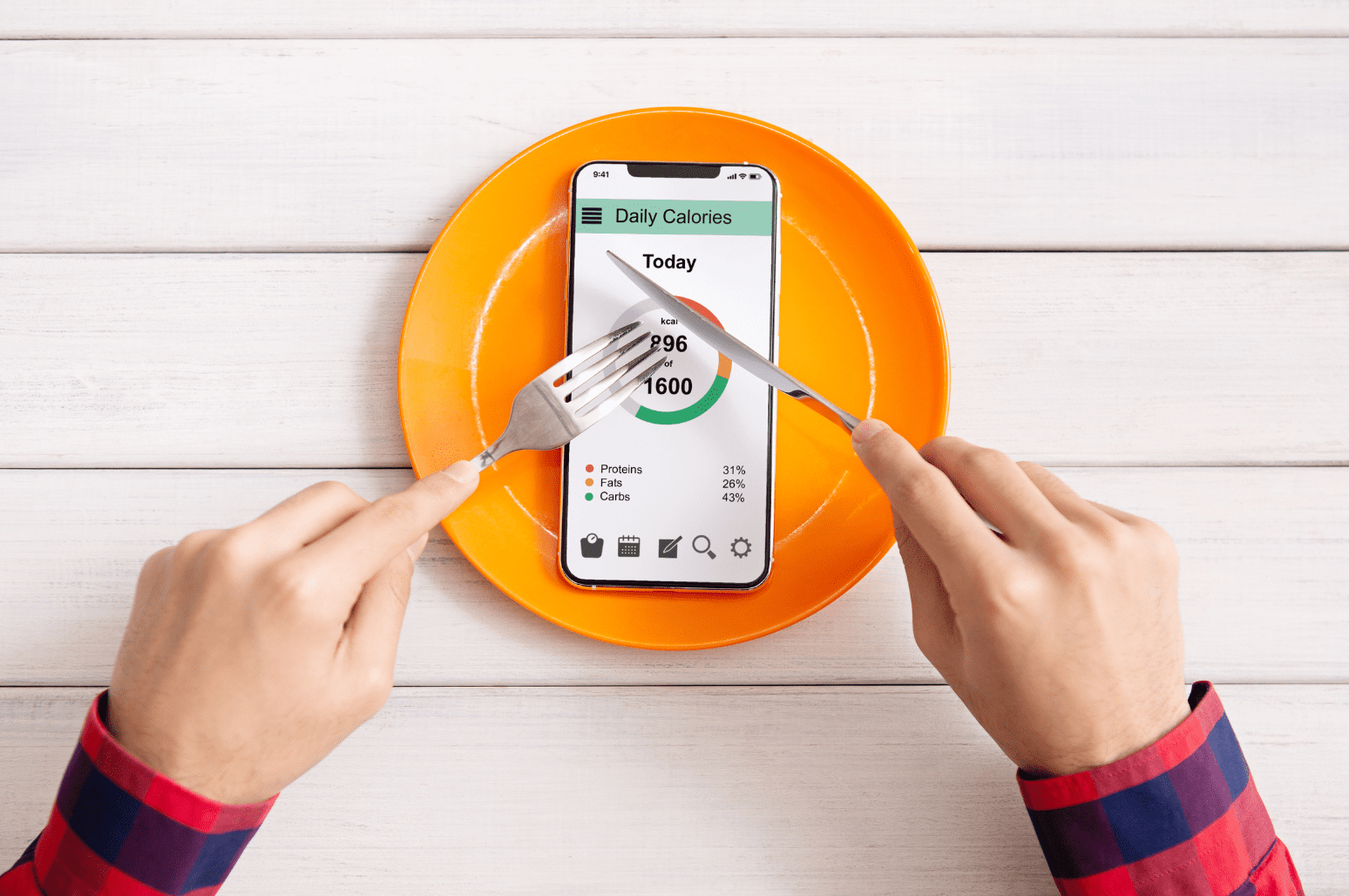
With so many ingredients and fibers on the market, it’s easy to get confused when you’re following a ketogenic diet. You frequently find yourself asking if a certain product or ingredient is keto-friendly. Should I eat that? Is that keto? Pectin is one of the latest fibers available as a supplement and added to a range of products, some of which are touted as keto-friendly. So, what exactly is pectin and is it truly keto?
What is Pectin?
Pectin is a soluble fiber derived from plants. It’s known as a polysaccharide–a long chain of indigestible sugars. Pectin is unique because when it’s heated with liquid, it expands and takes on a gel form. [1]
Pectin gels in your digestive tract, which has been shown to provide a range of health benefits. Pectin products are usually derived from citrus or apple peels.
Surprisingly, pectin contains almost zero calories or nutrients. One fluid ounce (29 grams) of liquid pectin provides one gram of carbs, one gram of fiber, zero grams of fat and protein, and only three calories. Powdered pectin is similar. [2] [3]
Pectin is mostly used as a thickener and commonly added to homemade and commercially produced jellies, jams, and preserves. It’s also used as a stabilizer in drinkable yogurt and flavored milk.
You can purchase pectin as a soluble fiber supplement, a light-brown or white powder, or a colorless liquid. It’s vegan-friendly and gluten-free, and it’s often used in the time-release coatings of various medications. [4]
Soluble fiber is dissolved in water and might help improve blood sugar and blood pressure, slow digestion, promote a healthy weight, reduce the risk of heart disease, and lower triglyceride and cholesterol levels. [5]
Is Pectin Keto-Friendly?
All of the carbs and calories in pectin come from fiber, making it a keto-friendly choice.
Be diligent because some brands, usually called pectin dry mixes, have sneaky added sugars and calories. Many keto-friendly products now use pectin, like Lily’s keto gummies.
Pectin is a soluble fiber your body can’t digest, and it doesn’t spike insulin or blood sugar levels. Pectin is unlikely to cause a blood glucose response, but blood testing is always the way to go to be sure if a product or ingredient is truly ketogenic or not. Ketone testing allows you to check your ketone and blood glucose levels after consuming the product.

Fiber is a type of carbohydrate, but your body can’t digest it and break it down into glucose. Instead, fiber passes through your digestive system and is excreted. Because fiber isn’t broken down into glucose, it doesn’t spike your blood sugar levels like other carbs. This is why most people subtract fiber from the total carbohydrate count when calculating net carbs.
Some fibers aren’t considered a true fiber, such as isomaltooligosaccharides (IMOs), which are partially digested and can have some impact on blood glucose levels. [6] [7]
Since pectin is a soluble fiber, it’s considered a true fiber that isn’t likely to increase blood sugar levels and kick you out of ketosis, particularly if you consume it in moderation. [8]
The bottom line is most pectin supplements and products are keto-friendly as long as they don’t have any additional sugars or ingredients like dextrose. Always double-check the ingredients list and carb content.
How Can You Add Pectin to Your Keto Diet?
Most fruits and veggies contain some pectin, so if you’re eating a variety of keto-friendly plant foods, it’s likely you’re getting some pectin in your diet. You can also eat a keto-friendly jam or jelly, but make sure it truly is keto-friendly since most jams and jellies are off-limits and high in calories and sugar. Try this keto raspberry jam with chia seeds!
You can buy pectin supplements, typically in capsules or powder form. Carefully check the ingredients to make sure it’s keto-friendly.
Monitor how you feel when you consume pectin. Pectin has little to no side effects, but some people claim it causes gas or bloating. If you’re allergic to the food the pectin was sourced from, it’s also best to avoid it. If you have any questions or concerns, visit your healthcare practitioner or doctor.

References
Wikiera, A., Irla, M., & Mika, M. (2014). Health-promoting properties of pectin. Postepy Hig Med Dosw, DOI: 10.5604/17322693.1102342
United States Department of Agriculture (USDA). Pectin, Liquid. FoodData Central (usda.gov)
United States Department of Agriculture (USDA). Classic Pectin. FoodData Central (usda.gov)
Gunter, E. A., Markov, P. A., Melekhin, A. K., Belozerov, V. S., Martinson, E. A., Litvinets, S. G., & Popov, S. V. (2018). Preparation and release characteristics of mesalazine loaded calcium pectin-silica gel beads based on callus cultures pectins for colon-targeted drug delivery. Int J Biol Macromol, DOI: 10.1016/j.ijbiomac.2018.07.078
Chutkan, R., Fahey, G., Wright, W. L., & McRorie, J. (2012). Viscous versus nonviscous soluble fiber supplements: Mechanisms and evidence for fiber-specific health benefits. J Am Acad Nurse Pract, 24(8), 476-87. DOI: 10.1111/j.1745-7599.2012.00758.x
Dhingra, D., Micheal, M., Rajput, H., & Patil, R. T. (2011). Dietary fibre in foods: A review. Journal of Food Science and Technology, 49, 255-266.
Oku, T., & Nakamura, S. (2003). Comparison of digestibility and breath hydrogen gas excretion of fructo-oligosaccharide, galactosyl-sucrose, and isomalto-oligosaccharide in healthy human subjects. European Journal of Clinical Nutrition, 57, 1150-1156.
Anderson, J. W., Baird, P., Davis Jr, R. H., Ferreri, S., Knudston, M., Koraym, A., Waters, V., & Williams, C. L. (2009). Health benefits of dietary fiber. Nutr Rev, 67(4), 188-205. DOI: 10.1111/j.1753-4887.2009.00189.x








